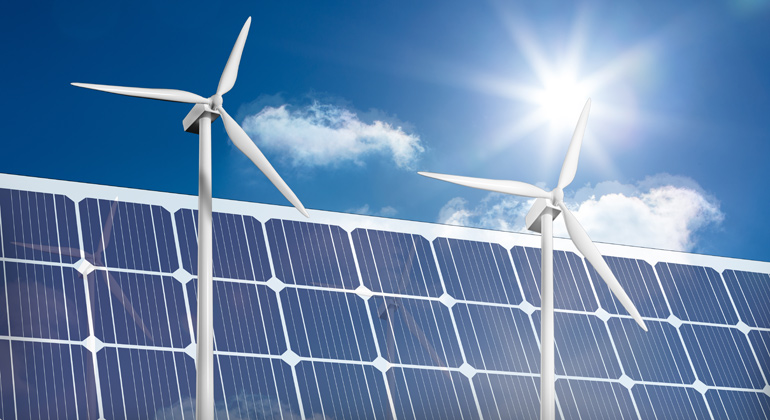A.T. Kearney Proposes Three Point Plan to Reduce Greenhouse Gas Emissions
New research suggests greenhouse gas intensity around the world needs to be reduced by 80 percent by 2050.
A.T. Kearney today proposed a three point plan that has the potential to bring down emissions of greenhouse gasses by more than 900 million tons in the European Union (EU), reaching the remaining 2030 EU target and transforming the world’s energy sector to meet environmental targets.
As the world awaits a possible new global agreement to reduce greenhouse gas (GHG) emissions at the United Nation’s 21st Conference of the Parties (COP21) next week, new research from global management consulting firm A.T. Kearney has identified three market-driven solutions to enable sustainable economic growth for nations while also reducing emissions.
The plan, put together by A.T. Kearney’s global head of the Utilities Practice Florian Haslauer, warns that the global desire to reduce GHG emissions will stunt global economic growth unless governments and the energy sector collaborate to decouple the two and includes three important steps toward an energy transition:
- Increase energy efficiency. There is a need to further develop and take advantage of e-mobility and e-heating. Investments in new technologies and digitalization of energy usage patterns will be key levers to continue to increase energy efficiency.
- Change the power mix. Replacing coal with gas is a highly beneficial move in the short run. This option offers a significant reduction of carbon dioxide (CO2) emissions and is cheaper than the current renewables price point. Renewables need a further reduction of costs and in the long run is the only technology other than nuclear that offers zero emissions for electricity. To motivate updates to the global power mix, governments must steer away from technology-oriented intervention and toward market- and results-oriented intervention.
- Pricing of CO2 emissions. Find the right price, and use the outcome from CO2 auctions for R&D to achieve technology leadership and create jobs. The European Union’s Emissions Trading System (ETS) is basically a good approach which should be further developed and included in other sectors. Globally, the objective should be to integrate other regions such as the United States, Japan, China, or India into the CO2 market.
“So far, only the EU has successfully decoupled economic growth and greenhouse gas emissions,” Haslauer said. “Major economies such as the United States, Russia, and India have started this decoupling, but more is needed in these regions and globally. Based on our recent research, greenhouse gas intensity needs to be reduced by 80 percent on a global scale by 2050 to meet the target of a maximum of two degrees increase of global temperatures.”
Today, the energy sector accounts for two-thirds of global CO2 emissions with power generation contributing significantly to this. Despite strong support for renewables and efficiency efforts, the CO2 intensity of power generation has seen little improvement globally. In Germany, one of the leading renewables markets, CO2 emissions from power generation dropped significantly from 1990 to 2000, driven primarily by the closure of old lignite plants. However, in the past five years, the use of coal and lignite increased again, leading to a 7 percent jump. During the same time, the United States managed to stagnate greenhouse gas emissions with the shale gas revolution.
Looking ahead, the importance of the power mix, energy efficiency, and market-driven CO2 pricing will be essential to drive an energy transition, which will accelerate the move to a global low-carbon economy and ensure reductions of CO2-emissions without a negative impact on economic growth.








